Hazards of Inadequate Dust Collection
- Health risks—While laser processes typically are automated and enclosed, fugitive emissions can create health hazards for employees in the vicinity. The very small fume particles created by laser cutting or welding can be breathed deeply into the lungs. Specific health hazards depend on the materials used but can include asthma and other forms of lung disease, cancer, kidney disease and neurological damage.
- Equipment damage—Enclosing laser processes will help to protect human workers, but uncontrolled cutting or welding fumes inside of the enclosure may cause problems with the laser mechanism itself. Fumes quickly can build within the enclosure, creating a haze that causes refraction of the laser beam. Buildup on the optical lens or in the diaphragm or shutter mechanisms can lead to costly damage or unexpected shutdowns.
- Product quality—The diffraction of the laser beam—less focused and less precise—caused by excessive dust buildup during cutting and welding can cause part-quality issues. During welding, this results in lower-quality welds that may not meet criteria for weld strength and precision.
- Combustion risk—Given certain conditions, metal or plastic dust created by welding and cutting may be combustible. While fully oxidized materials are inert, dust created by welding and cutting may contain enough unoxidized material to present a combustion risk if allowed to build to dangerous levels within the enclosure. Flammable dust accumulating on surfaces also can be ignited by the heat of the laser or by sparks generated by the process, creating a fire hazard. Laser cutting may present a bigger risk than welding due to the larger volume of particulates produced.
Designing an Efficient Dust-Collection System
When designing a dust-collection system for laser cutting or welding, ensure that the system can keep pace with the volume of emissions produced and capture these emissions in an efficient manner. Questions to consider when designing a dust-collection system for laser-led fabricating processes include:
- What is the volume of fume produced? This will depend on the process, the materials involved, production speeds and production schedules. For laser welding, the use of filler materials or the presence of coatings and lubricants will increase the amount of fume produced. For laser cutting, the type of laser, cutting speed and thickness of material all impact the amount of fume produced. Obviously, continuous robotic processes will produce much more dust than intermittent processes.
- How dangerous are the fumes, where are humans exposed, and what are the OSHA Permissible Exposure Limits (PELs) for substances found in the fume? Processes that produce highly dangerous emissions, such as hexavalent chromium or lead oxide, may require a more stringent solution to meet PELs.
- What are the fume characteristics?
- Must the system capture gas-phase emissions as well as particulate?
- How much air must be moved to capture the fume? In general, the closer to the source that fume can be captured, the more efficient the system will be. Keeping robotic processes enclosed eases the ability to capture emissions and prevent fugitive fume from propagating throughout the facility.
Enclosure or Hood Design
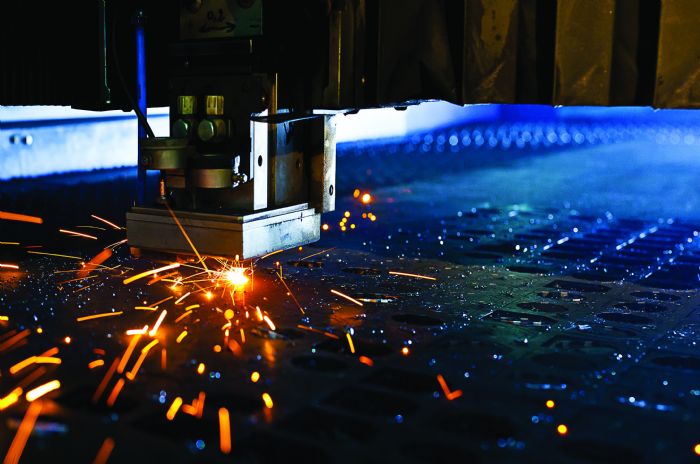 The first step to designing an efficient fume-capture system for laser processes: Consider the hood or enclosure. We recommend source-capture systems, which collect fumes close to the source as they are emitted, for high-production laser processes. Many commercial laser cutting machines already are enclosed; these machines may or may not include their own integrated fume-collection system.
The first step to designing an efficient fume-capture system for laser processes: Consider the hood or enclosure. We recommend source-capture systems, which collect fumes close to the source as they are emitted, for high-production laser processes. Many commercial laser cutting machines already are enclosed; these machines may or may not include their own integrated fume-collection system.
Robotic laser welders may contain fumes under a hood. Alternatively, a fume arm or intake plenum may be positioned to pull fume away from the weld seam. For manual laser welding, a fume arm or backdraft table should be used to pull fumes away from the welder. The right solution depends on the size of the assembly being welded and the mobility of the welding arm, among other factors. Minimizing the amount of air that must be moved for efficient capture of fumes will reduce system energy consumption and operating costs.
Dust-Collector Type and Sizing
Cartridge-style dust collectors prove ideal for collection of fumes from laser cutting or welding. Cartridge collectors come in many sizes, from small portable units that can support a single cutting machine or welding cell to large units ducted to multiple machines or cells throughout a facility. These collectors, highly versatile for machining and metalworking applications, offer higher energy efficiency and lower physical footprints than baghouse-style collectors of similar airflow. Cartridges are available in a range of media types and efficiency ratings, making them suitable for collection of different dust types, ranging from submicron particulate to coarse, abrasive dust encountered in grinding and finishing processes.
The dust collector must be sized properly for the volume of dust produced and the amount of airflow required for collection. Two main factors affect sizing:
1. Airflow. The collector must have enough airflow, measured as ft.3/min (CFM), to maintain the required capture velocities for the volume of air that must be moved. Efficient hood design will minimize CFM requirements.
2. Air-to-cloth ratio. The collector must have sufficient filter media for the volume of air being moved and the amount of particulate generated. The heavier the particulate load, the more filter media needed per CFM—a lower air-to-cloth ratio. In general, laser cutting applications will require a lower air-to-cloth ratio than laser welding, with ratios typically between 1:1 and 0.5: 1, or 1 to 2 ft. of filter media for each CFM of air. An excessive air-to-cloth ratio will cause filters to load too quickly, requiring more-frequent replacement.
Filter Selection
Working with submicron particles created by thermal processes makes choosing the right filtration strategy very important. Such scenarios typically call for a dry filter with a rating of MERV 15 or above. A MERV (minimum efficiency reporting value) rating identifies the overall effectiveness of dust-collector filters on a scale of 1 to 16 as to how well they trap small circulating particles. MERV 16 or HEPA filtration may be required to meet strict PELs for highly hazardous substances such as lead or hexavalent chromium. Should gaseous emissions be of concern, a progressive filtration strategy that includes an activated carbon after-filter may be required.
Fire and Explosion Protection
Dust-collection systems for laser cutting and welding must comply with National Fire Protection Association guidelines for collection of combustible dust. All dust-collection systems should be equipped with fire-detection and -suppression technologies appropriate for the type of dust collected. Explosible dust may require deflagration systems, which include explosion vents, isolation valves and rotary airlocks for the collection bin. A dust-hazard analysis, including testing of the dust generated by your systems, may be required to determine the explosive potential dust.
Switching from CO2 to Fiber Laser Cutting
For dust collection in laser cutting applications, the type of laser matters. Newer fiber lasers operate much faster than CO2 lasers, as much as two to six times as fast. Even though fiber generally produces a narrower kerf, or the amount of material removed per cut, the increased speed results in more dust produced per minute. Fabricators upgrading from older CO2 machines to high-speed fiber laser cutters also may need to upgrade their dust-collection systems to handle increased dust volume.
Dealing with Fugitive Fume
Fugitive fume from laser welding or cutting processes may present a problem when using machines not fully enclosed or if enclosures are not airtight. Fugitive fume also may arise from cooling parts as they exit the production line. As contamination may not be visible to the human eye, conduct air-quality testing to determine the presence of fumes in the ambient air, especially when working with highly toxic or carcinogenic contaminants. A secondary ambient air-filtration system or ventilation system may be needed to meet PELs.
When to Call the Experts
Dust-collection system design for laser processes can be complex, especially when a fabricator runs several high-production machines or engages in mixed processes with differing dust-collection requirements. Consult a qualified engineering firm when:
- Planning dust collection for a new build or expansion
- Adding new production processes or upgrading processes, such as moving from CO2 to fiber laser cutting
- Experiencing problems with production or dust collection equipment
- Noticing a decline in indoor air quality.
A system engineer can evaluate a fabricator’s current air quality, set appropriate goals and design a system for maximum efficiency. MF
View Glossary of Metalforming Terms
See also: RoboVent
Technologies: Cutting, Welding and Joining
Comments
Must be logged in to post a comment. Sign in or Create an Account
There are no comments posted.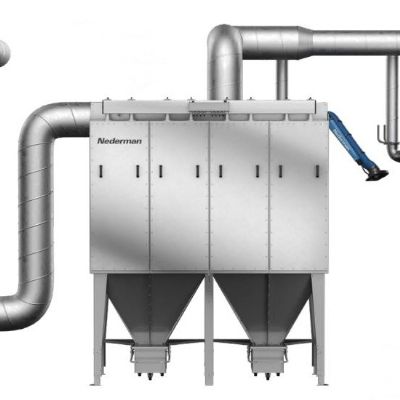 Welding and Joining
Welding and JoiningNederman’s Smart Filters Promise to Improve Dust- and Fume-C...
Monday, February 15, 2021
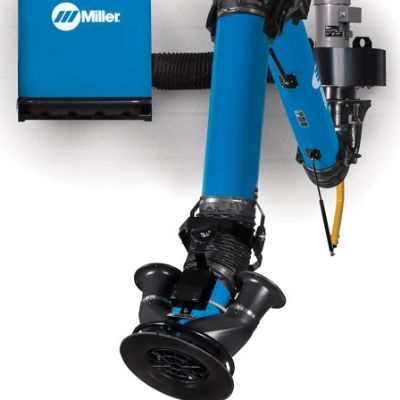 Welding and Joining
Welding and JoiningFume Extractor Features Large Capture Zone
Friday, November 1, 2019
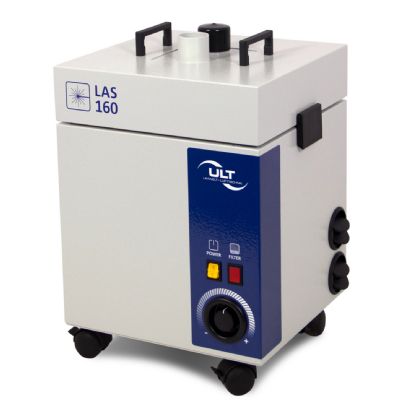 Welding and Joining
Welding and JoiningMobile Fume Extraction
Wednesday, May 22, 2019







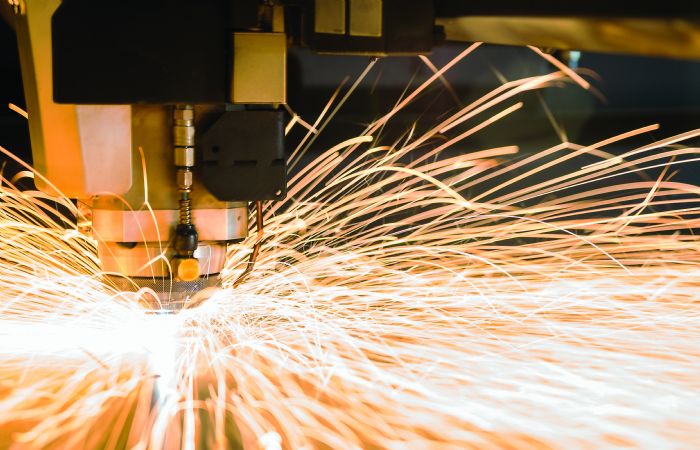 Design and sizing of dust-collection systems for laser processes have been poorly understood by some laser-machine users and OEMs. Built-in systems for laser equipment may not be enough to keep up with high production processes and highly toxic emissions. Symptoms indicating that a fabricator’s dust-collection system is not properly sized or configured for the application include:
Design and sizing of dust-collection systems for laser processes have been poorly understood by some laser-machine users and OEMs. Built-in systems for laser equipment may not be enough to keep up with high production processes and highly toxic emissions. Symptoms indicating that a fabricator’s dust-collection system is not properly sized or configured for the application include: 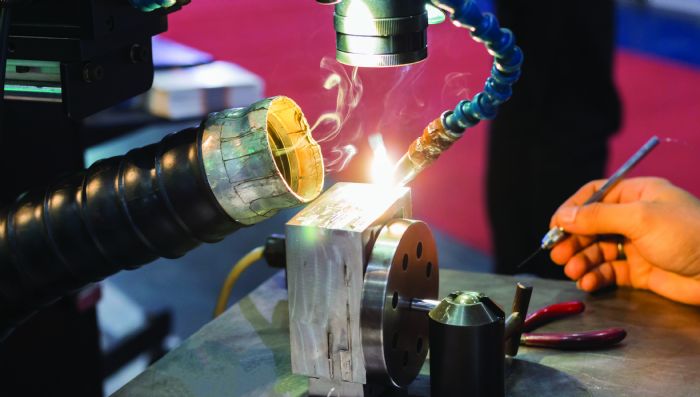 In general, laser cutting will produce more fume than laser welding due to vaporization of some base material during the cutting process. Laser welding also can produce concerning volumes of particulate, as the high heat of the process vaporizes some base metal. Coatings and lubricants can generate large volumes of dangerous emissions, as can filler materials sometimes used to strengthen the laser welding bond. Some of these emissions may exist in a gas phase, complicating collection efforts.
In general, laser cutting will produce more fume than laser welding due to vaporization of some base material during the cutting process. Laser welding also can produce concerning volumes of particulate, as the high heat of the process vaporizes some base metal. Coatings and lubricants can generate large volumes of dangerous emissions, as can filler materials sometimes used to strengthen the laser welding bond. Some of these emissions may exist in a gas phase, complicating collection efforts.